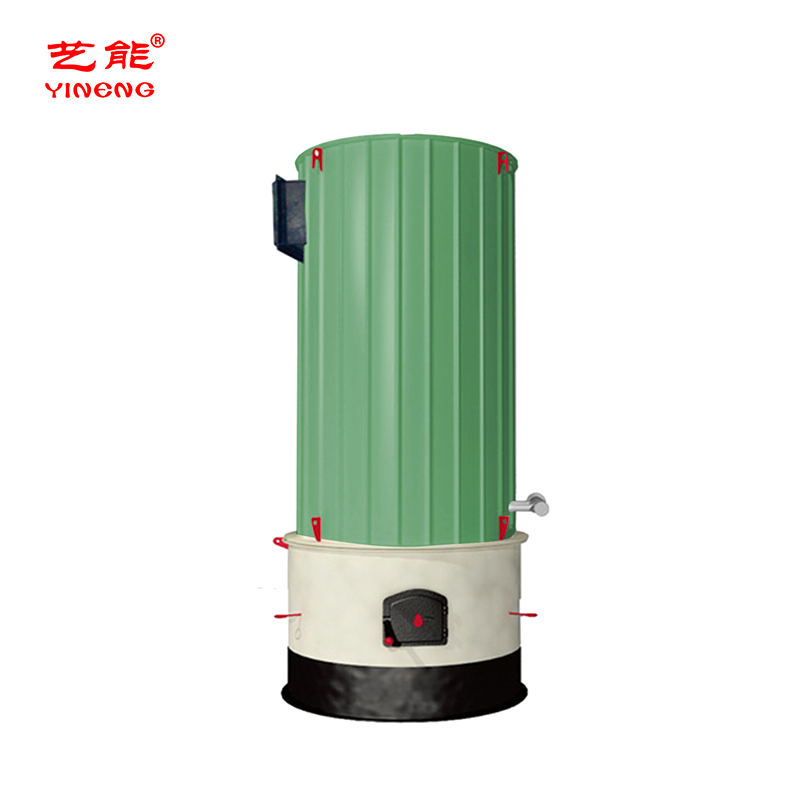Electric Steam Boiler Manufacturers? Efficient, Fast Delivery
Electric steam boiler manufacturers: insider notes, real specs, and what buyers actually ask
If you’re currently shortlisting electric steam boiler manufacturers, you’ve probably noticed the market has split into two camps: heritage boiler brands switching hard to electrification, and agile specialists that were “born electric.” I spend a lot of time in plants and test bays, and, to be honest, the questions buyers ask are getting sharper—grid readiness, verified kWh-to-steam efficiency, and proof that support won’t vanish after commissioning.

What’s trending right now
- Medium-voltage, high-capacity skids (≥1–5 MW) with step or SCR control for tight turndown.
- Heat recovery pairing (condensate polishers, economizers) to trim kWh/ton of steam.
- Compliance-first designs: ASME Section I/IV + UL 834 or CE/PED out of the box.
- Transparent lifecycle costs: utilities at off-peak rates and demand response incentives—surprisingly material.
Snapshot vendor comparison (electric steam)
| Vendor | Power range (≈) | Certifications | Lead time (real-world) | Notes |
|---|---|---|---|---|
| Sussman | 12 kW–1 MW | ASME, UL 834, NB | 6–12 wks | Compact; pharma/CIP favorite. |
| Chromalox | 50 kW–2 MW | ASME, UL, CE | 10–20 wks | Strong on elements and controls. |
| Precision | 15 kW–1.5 MW | ASME, UL 834 | 8–16 wks | Hospitals; clean-room steam. |
| Cleaver-Brooks | 100 kW–5 MW | ASME I/IV, UL, CE | 10–24 wks | Big-plant integration strengths. |
A quick detour: a biomass thermal oil boiler worth noting
Not electric, but relevant for hybrid sites. From Wuqiao, Hebei, China, the Fixed grate YGL biomass fired thermal oil boiler carries a uniquely designed furnace arch—many customers say it handles mixed biomass surprisingly well. In decarbonization roadmaps, some plants pair electric steam with thermal-oil loops for process heating below 320°C.

| Heat carrier | Thermal oil |
| Fuel | Biomass (pellet, chip, shell) |
| Capacity range | 200,000–4,000,000 kcal/h |
| Max oil temperature | ≈320°C |
| Design pressure | ≈0.8–1.2 MPa |
| Thermal efficiency | ≈86–90% (fuel-dependent) |
| Key feature | Special furnace arch; fixed grate |
| Controls | PLC optional; safety interlocks |
| Origin | Wuqiao, Hebei, China |
How quality electric boilers are actually built and tested
Materials: pressure shells typically SA-516 Gr.70; heating elements with Incoloy 800/840 sheaths; 304/316L wetted trim; mineral-wool insulation. Methods: GTAW/SMAW welding with PQR/WPS, PWHT if required, and coded welders. NDE: RT/UT/MT/PT on critical seams, then hydrostatic test at ≈1.5× MAWP per ASME. Electrical: insulation resistance ≥1 MΩ at 500 VDC (often much higher), dielectric withstand, and panel compliance (UL 508A) with E-stops and earth bonding per IEC 60204-1. Approvals often stack: ASME I/IV + UL 834 or CE/PED; ISO 9001 at the plant level.
Service life: vessels 15–25 years with proper water treatment; elements 3–7 years depending on TDS/silica. I guess the boring truth is that feedwater discipline makes or breaks OPEX.
Applications, customization, and field feedback
- Applications: pharma SIP/CIP, food & bev, hospitals, labs, breweries, humidification, light chemical.
- Customization: 208–690 V, 50/60 Hz; step or SCR control (10:1 turndown), skid integration (DA tank, softener/RO, blowdown).
- What users report: near-instant response, silent rooms, and—however—demand charges if controls aren’t demand-limited.

Two quick case notes
- Food plant, 600 kW @ 480 V: switched from LPG; night-shift off-peak shaved 18–22% energy cost. Emissions went to zero on-site.
- Regional hospital, 1 MW: electric as lead during non-critical hours; gas kept for peak steam. Reliability scored higher than expected.
When comparing electric steam boiler manufacturers, ask for witnessed FAT data (kW-to-kg/h at multiple setpoints), wiring schematics with UL/CE references, and a water-chemistry playbook. Also, consider a hybrid lane—some sites add thermal oil loops (like the YGL unit above) for stable process heat and reserve electric steam for sterilization and peaks. It sounds fussy, but it works.
Authoritative sources:
- ASME Boiler & Pressure Vessel Code, Sections I and IV.
- UL 834: Standard for Heating, Water Supply, and Power Boilers—Electric.
- IEC 60204-1: Safety of machinery—Electrical equipment.
- EU Pressure Equipment Directive (PED 2014/68/EU) and EN 12953 (Shell boilers).
- IEA—Electrification and Industry reports (grid decarbonization trends).
- U.S. DOE Better Plants—Steam system efficiency best practices.
-
High-Efficiency Horizontal YQW Gas Oil Fired Thermal Oil Boiler-Hebei Yineng Boiler|Energy Efficiency,Advanced CombustionNewsNov.21,2025
-
High-Efficiency Horizontal YQW Gas Oil Fired Thermal Oil Boiler-Hebei Yineng Boiler|Energy Efficiency,Advanced CombustionNewsNov.21,2025
-
Electric Steam Boiler Manufacturers | High-Output & SafeNewsNov.14,2025
-
OEM Steam Boiler Solutions | High-Efficiency, Custom-BuiltNewsNov.13,2025
-
Thermal Oil Boiler | High Efficiency, Low Pressure, OEMNewsNov.12,2025
-
Hebei Yineng Boiler Co., Ltd. Showcases Cutting-Edge Boiler Solutions at Indonesia International Boiler Exhibition 2025NewsNov.11,2025

